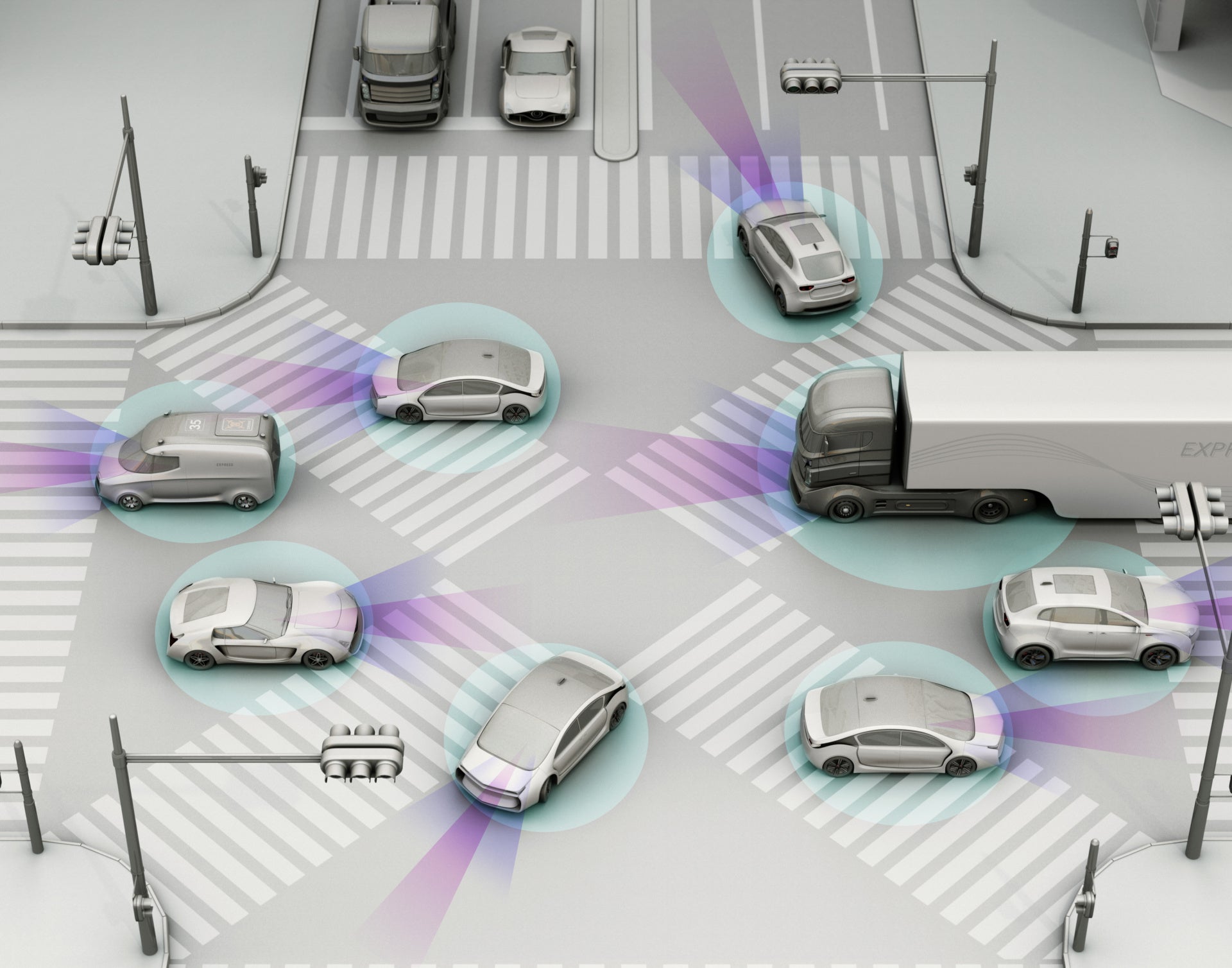Autonomous vehicles (AVs), aka driverless cars, are learning how to operate on the streets of a handful of American cities. Cities themselves are also starting to learn how to operate in a world of autonomous vehicles, and the shifts are significant: How will governments and industry support drivers as they transition into new roles in the transport sector or elsewhere? Since AVs will be programmed not to speed or run red lights, how will cities make up for the revenue they currently get from traffic violations or parking fees? What can be done to cut down on traffic congestion and air pollution and encourage car sharing? How can AVs integrate with mass transit? How can AVs be used to expand accessibility and opportunity?
The House of Representatives recently passed the Self Drive Act, and the Department of Transportation just released its Vision for Safety plan for autonomous vehicles. Both of these press fast forward on the adoption and deployment of AVs, but without giving cities much room to steer their impact or develop thoughtful answers to those future-oriented questions. Speeding the production and rollout of AVs, with the goal of preventing thousands of road deaths a year, needs to be paired with sensible policies that ensures that cities can adapt the technology to the needs of their residents, rather than the other way around.
AVs present us with what will become the persistent chicken-and-egg regulatory problem of the 21st century: trading uniformity needed to get a market started with the flexibility and creativity city leaders need to do right by their residents.
When American cities first experienced a transportation paradigm shift with the widespread adoption of automobiles, leaders made rookie mistakes. Traffic flow wasn’t considered, safety only became a priority after numerous fatalities, and the experience of walking, working, and living in a city changed in unforeseen, sometimes negative, ways.
The federal responses don’t show an indication of learning from the past. The House bill provides exemptions to autonomous vehicle makers to speed production, asks the Department of Transportation to review regulations on driverless vehicles, and takes on the issue of privacy and cybersecurity for vehicles using advanced and internet connected technology. The DOT document more or less asks industry and other levels of government to promise to play nicely with each other and not do anything to impede technology development.
Both approaches give a green light to industry to rapidly open a huge new market that will have a tremendous social and economic impact, without giving cities the flexibility they need to make good decisions on behalf of their residents.
The federal government’s focus on the technological big picture crowds out the real-life, on the ground experience of people and places. People are more than tech consumers, and cities are more than AV test tracks. AVs could be a solution to pressing city problems, like para-transit, which is both incredibly expensive for cities and unsatisfying for most users, or pollution and congestion caused by (inevitably double-parked) delivery vehicles, or pedestrian and cyclist deaths because of collisions. But technology won’t deliver these solutions automatically (or autonomously). City leaders, residents, and tech companies need to work in concert to achieve these goals. Will the federal government support that process, or put up roadblocks to better local decisions?
Jennifer Bradley is the Founding Director of the Center for Urban Innovation at the Aspen Institute. The Center’s work on autonomous vehicles is supported by Bloomberg Philanthropies.

